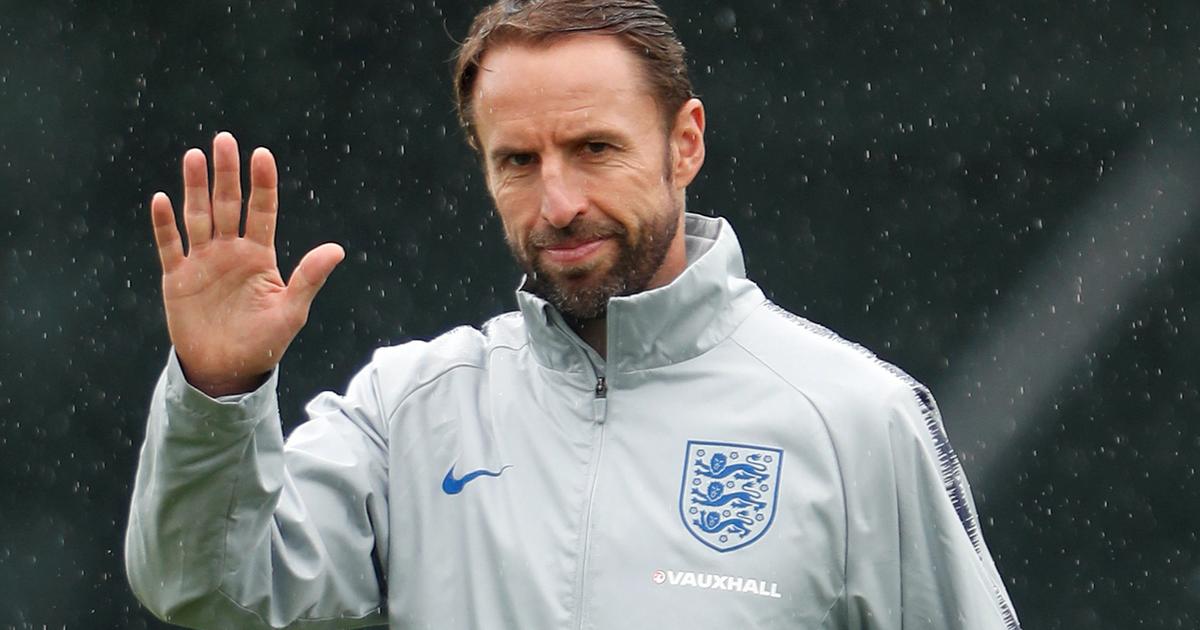REUTERS/Lee Smith
Questions have been raised recently around England’s use of a back three.
The formation has seen England comfortably through the group stage - and rather less comfortably through the Round of 16 - but, regardless of the results, it has led to a structured side who can build from the back.
Doubts have been raised around the inability to score in open play with seven of England's nine goals arriving from dead-ball situations but, at this point, they seem immaterial.
Big Sam's big plan
Of course, you might think a set-piece specialist like Sam Allardyce would be proud of the work England are doing from these situations. Not one to be left out in the cold, he has recently suggested that the team need to change shape to create more in open play to defeat Sweden.
“I don’t think they need to play with three at the back against Sweden,” he told Talk Sport. “They could cope comfortably with two defenders. I don’t think [Sweden have] got anything to concern us going forward.”
REUTERS/Christian Hartmann
For much of his managerial career, Southgate has preferred to use a back four formation with variations on a 4-4-2 appearing during his time at Middlesbrough, and the 4-3-3 and 4-2-3-1 utilised when working with the England under-21s. He has also used these four-at-the-back formations since being in charge of England’s senior side, beginning with a similar setup to that which he used at the under-21s.
However, he soon added a new formation to the mix and has admitted that managing the seniors is a different prospect to being in charge of the youth squads.
Build on strengths - hide weaknesses
"With our junior teams we prefer a form of 4-3-3 and that can see different combinations in midfield but, with the seniors, we are less prescriptive because we want to get our best players on the field," said Southgate last December.
“It's about what suits the profile of your players, what suits the opposition. We're more in the process of winning than our development teams, and therefore we have to make the best of the attributes of the players we've got.”
The idea of matching player’s profiles to a system, enhancing collective strengths while also covering weaknesses, has led to the use of a formation which is arguably the best at doing this.
Explore new topics and discover content that's right for you!
News



